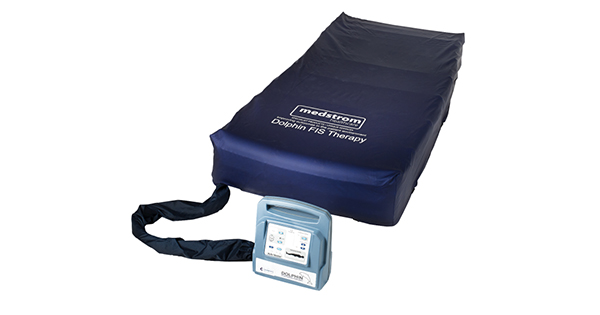Neurofibromatosis type 1 (NF1), sometimes referred to as Von Recklinghausen neurofibromatosis, is an inherited disorder characterised by the formation of tumours (neurofibromas) involving nerve tissues in the skin, subcutaneous tissue, cranial nerves, and spinal root nerves (Riccardi and Eichner, 1986). NF1 is inherited as an autosomal dominant trait, affecting one in every 2,500 people worldwide including 25,000 in this country alone. The disease occurs in approximately one in every 3,000 children. NFI sometimes also appears in families with no previous history of the condition, as a result of a new genetic mutation. In NF1 the abnormality lies in one of the genes encoding a protein called neurofibromin. This results in unchecked growth of neurofibromatous tissue in nerves, which can put pressure on them causing pain and severe nerve damage (Riccardi and Eichner, 1986). It also leads to loss of function in the area served by the nerve. Problems with sensation or movement can occur as a result, depending on the particular nerves affected. With multiple neurofibromas, the tumours may result in bumps under the skin; the subcutaneous lumps are characteristic of the disease and increase in number with age. Although usually benign, neurofibromas can sometimes degenerate into cancer.






